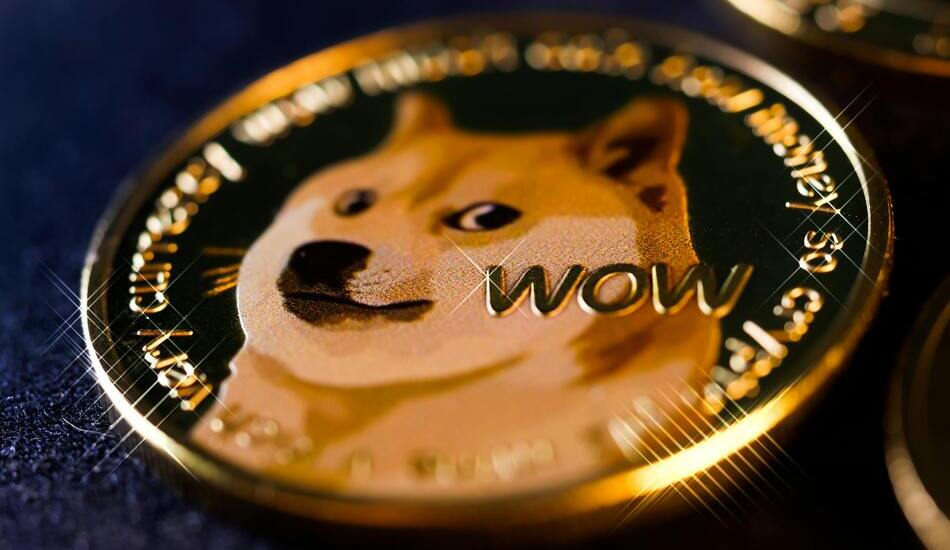The launch of the 21Shares Dogecoin ETF (TDOG) and its registration on the DTCC platform marks a significant step in bridging the world of meme coins with traditional finance. This move provides a new, regulated pathway for both institutional and retail investors to gain exposure to Dogecoin.
A New Gateway to Dogecoin
The 21Shares Dogecoin ETF, ticker TDOG, is structured as a physically-backed fund. This means the trust holds Dogecoin directly to mirror its price. The fund’s daily Net Asset Value (NAV) is calculated using a multi-exchange Dogecoin price index from CF Benchmarks, designed to be replicable and resistant to manipulation.
For investors, the key appeal of TDOG is convenience and security. It allows exposure to Dogecoin’s price movements through a standard brokerage account without the need to manage private keys or digital wallets. The physical DOGE backing the shares are safeguarded by institutional-grade custody, with Coinbase Custody Trust Company holding the coins in cold storage.
Understanding the Mechanics and Competitive Landscape
The operational “plumbing” of the ETF is crucial for understanding its efficiency. Authorized Participants create and redeem shares in large blocks, typically using cash. This process, along with arbitrage by market makers, helps keep the ETF’s share price closely aligned with the underlying NAV, though small premiums or discounts can occur during volatile or illiquid periods.
It’s important to distinguish TDOG from existing products. It competes with the REX-Osprey DOGE ETF (DOJE), which launched on Cboe BZX in September 2025. A key difference lies in their structure: DOJE is a 1940-Act ETF that can hold a combination of spot DOGE and DOGE-linked instruments, sometimes through a Cayman subsidiary for tax compliance. In contrast, TDOG is a commodity-based trust that holds DOGE directly and plans to list on Nasdaq.

Current Status and What Investors Should Know
A critical point of clarification is that TDOG’s appearance on the DTCC’s list signals operational readiness, not regulatory approval. This step connects brokers and clearing institutions, allowing them to prepare their systems for when—and if—trading begins.
The final green light rests with the SEC. The fund requires two formal approvals: the S-1 registration must be declared effective, and Nasdaq’s 19b-4 rule change must be approved. Until both are secured, TDOG will not be tradable. Investors should also be aware of the fee structure; the sponsor fee is deducted directly in DOGE, meaning the amount of Dogecoin backing each share will gradually decrease over time.
The introduction of TDOG represents a notable shift toward institutional acceptance of assets like Dogecoin. For product, compliance, and portfolio management teams, it necessitates an understanding of this new vehicle’s structure, its operational risks, and the pending regulatory hurdles that will define its entry into the market.


